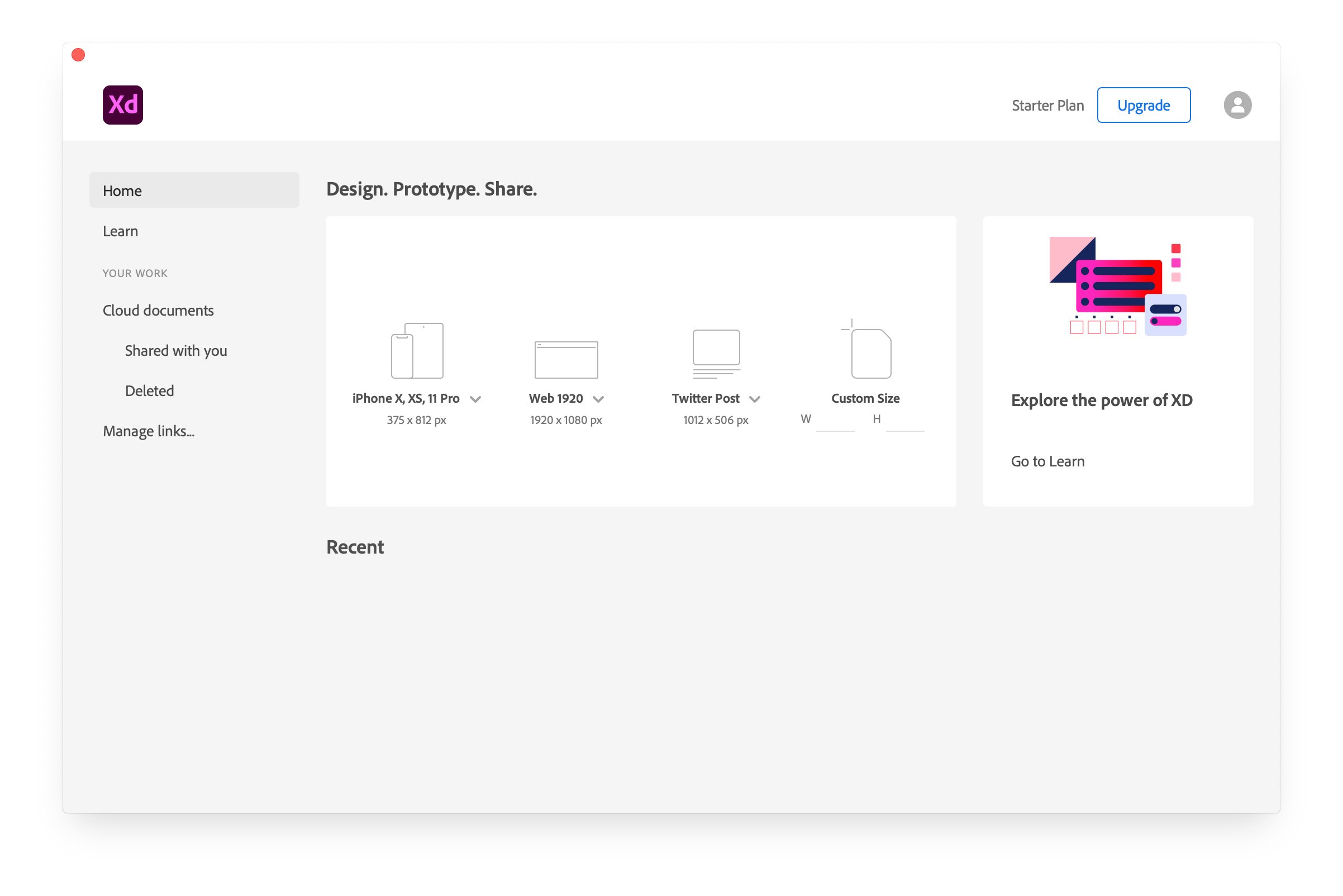

It isn’t very descriptive, so it would be best to give it a unique, searchable name. XD will give the component a default name of “Component XX” (where “XX” is a number). Tip #2 – Name Components on CreationĬreating a component (right-click an element, then select “Make Component” in the menu, or press Cmd-K on Mac/Ctrl-K on PC) adds the component to the Assets panel in the left sidebar. Components can be inspected in detail in the Assets panel.

While it can be tempting to jump in and start iterating on Main Components, sometimes unexpected issues happen due to the differences in how parent and child components behave.Ī good practice is to consider and anticipate everything needed in the Main Component’s default state before adding other states or instantiating the component-even going as far as laying out the different states side by side.ĭesigners should also bear in mind that they can add and change elements in non-default states of the Main Component or child instances without affecting the default state, but the reverse isn’t true.Ī recommendation for Adobe: Give component states a lock feature so designers can keep non-default states intact and prevent changes to the Main Component’s default state from propagating.
ADOBE XD DROP DOWN MENU UPDATE
Changes must be made to the default state in the Main Component to update the hover or clicked states of all instances. When editing the default state of a child instance of a dropdown, those changes will not propagate to the hover or clicked states.
ADOBE XD DROP DOWN MENU DOWNLOAD
To get a head start, download the Adobe XD Design Kit from Google’s Material Design home page. Familiarity with Adobe XD Is Recommendedĭesigners with a fair degree of familiarity with Adobe XD will gain the most benefit from the following tips and suggestions. The addition of Components expands Adobe XD’s prototyping capabilities.

A thoughtful approach and carefully prepared workflow are necessary to leverage the system’s power. The component system is a timesaver but requires special care. It can play a sound when clicked or even change its appearance according to inputs from speech recognition. For example, a button can have a default state but change its appearance when in a hover or a clicked state. They can have multiple states that respond to different inputs defined in XD’s Prototype Mode. Replacing XD’s previous “symbol” system, which served a similar purpose, components offer a key differentiator. When changing the Main Component, the changes propagate to all of its instances. A component has a “Main Component” that serves as the parent and “instances” or children that are placed on the artboard. XD components are reusable groupings of elements, such as text, shapes, or lines.
ADOBE XD DROP DOWN MENU FULL
When working with XD components it’s helpful to adopt a set of workflow practices to avoid busywork and harness the system’s full potential.

Still, components are not without quirks and drawbacks. In particular, its new component system expands the type of interactions with which designers can experiment. Since its official public rollout in late 2017, Adobe XD has made great strides towards becoming a highly competitive wireframing and prototyping tool for UX designers. Utilizing smart shortcuts and following best practices will enable designers to streamline their XD prototyping workflows. However, it’s not without quirks and needs special care. Adobe XD’s component system empowers designers with powerful features to prototype digital products.


 0 kommentar(er)
0 kommentar(er)
